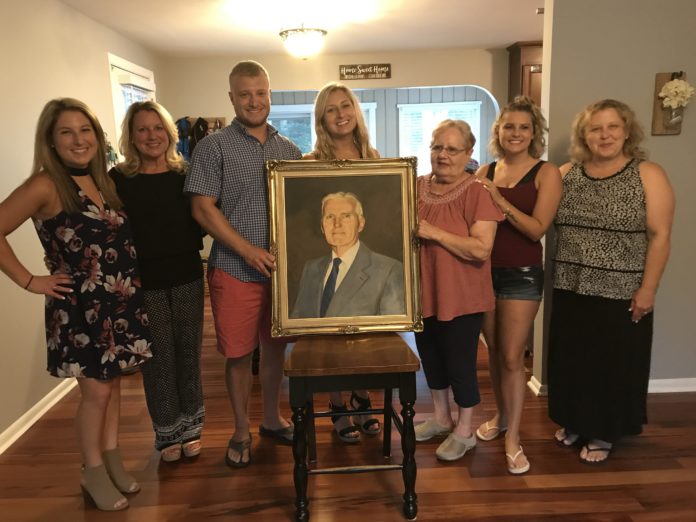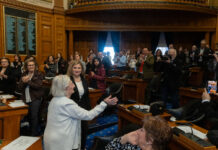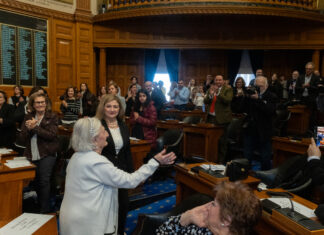By Stephen Kurkjian
BOSTON — Although they looked as brilliant as if they had been completed and placed in their golden frames the day before, the seven portraits had been discarded, placed in a darkened, cluttered room one floor below the old gymnasium of the Young Men’s Christian Union (YMCU) in downtown Boston.
The portraits had been done decades before by my late father, Anooshavan Kurkjian, a commercial artist, and showed seven directors and trustees of the YMCU whom he knew from his lifelong membership there and had grown to call friends. My coming upon the paintings in early 2015 now feels like I was beginning an archaeological search which would end with me uniting the men in the paintings with their families, and me with once again with my father’s gifted artistry.
My work as an investigative reporter made me perfectly suited to find out who the men were and, since presumably they were all deceased, who their next-of-kin might be.
Once the paintings had proudly hung along the second-floor corridor Union’s administrative office, reminders of the YMCU’s proud history as the oldest gymnasium in America, located in a building that had been designated as a national landmark.
But the YMCU had been failing financially for years and would soon be shuttered. It had already been sold to a new owner who intended to develop it into affordable housing and an emergency shelter for the homeless. My attention had been called to them by a friend of my father and I knew as I pulled them out of the heap of that small crowded room if I didn’t try to intervene, they might wind up getting stolen or even thrown away.










